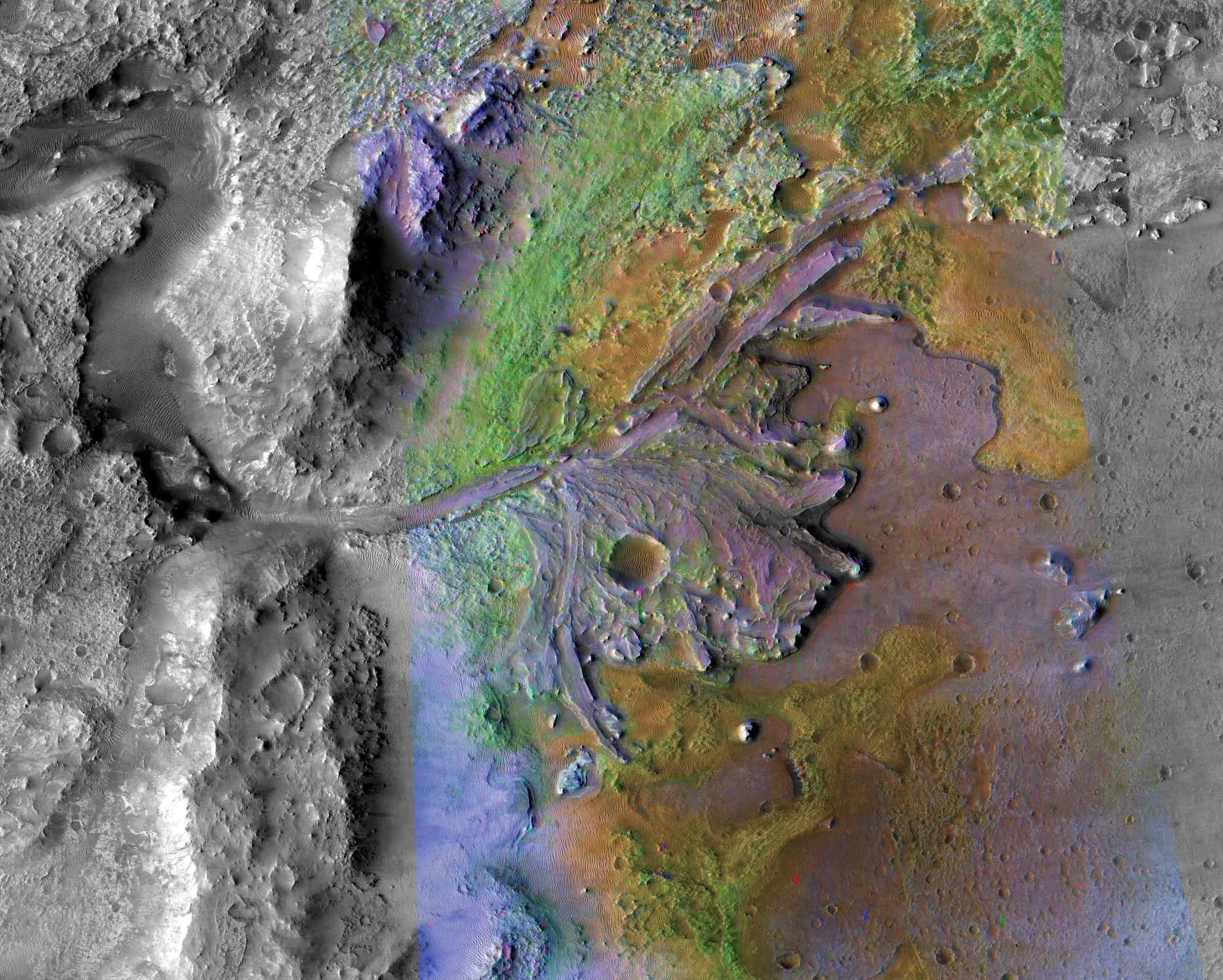NASA is preparing to send a new rover to Mars in 2020, when it will join the other rovers which have already been exploring the Red Planet and testing the soil and its chemical composition. The space agency has now announced that the Mars 2020 rover has been assigned a landing spot on Mars. Now all we have to do is wait for the mission to blast off.
“The landing site in Jezero Crater offers geologically rich terrain, with landforms reaching as far back as 3.6 billion years old that could potentially answer important questions in planetary evolution and astrobiology,” Associate Administrator Thomas Zurbuchen said in a press release on NASA’s website. “Getting samples from this unique area will revolutionize how we think about Mars and its ability to harbor life.”
NASA Administrator Jim Bridenstine tweeted that the area chosen as the rover’s landing spot on Mars is ideal. They believe the rover could quickly spot some very old molecules and microbes which scientists believe inhabited the planet billions of years ago.
JUST IN: Jezero Crater will be the landing site of #NASA’s next rover being sent to Mars in 2020. This area, with a history of containing water, may have ancient organic molecules & other potential signs of microbial life from billions of years ago: https://t.co/AWLlrWNhxJ
— Jim Bridenstine (@JimBridenstine) November 19, 2018
Construction on the Mars 2020 rover is still underway at NASA’s Jet Propulsion Laboratory (JPL.) The rover is expected to “address high-priority science goals for Mars exploration,” with the main focus on answering key questions about microbial life which may have been present on Mars long time ago.
The mission is scheduled to begin in July 2020 at an estimated cost above $2 billion, Space News reports. The rover will search for life while gathering rock and soil samples. After its launch, the rover is expected to land on Feb. 18, 2021, if everything goes as planned.
Earlier this year, NASA announced that the Curiosity rover “found organic molecules in rock from an ancient lake bed.” Scientists with the space agency believe the rocks are billions of years old. However, there’s no sign of life on the Red Planet currently, despite that discovery.
NASA wrote that the Jezero Crater is 28 miles wide and located on the western edge of Isidis Planitia, a large impact basin north of the planet’s equator. Scientists with the space agency believe it was home to a river delta long ago, adding that organic material and signs of microbial life could be tucked in the remains of the river.
The news about the Mars 2020 rover and its landing spot on Mars follows several difficulties with NASA’s other Mars rovers. The Curiosity rover had some difficulties, although it has started working again. Opportunity hasn’t contacted home recently, although there was a false-positive alarm earlier this month. The nearly-15-year-old rover was enveloped in a global dust storm earlier this year, causing it to lose contact with Earth in June. NASA is still trying to contact the rover, but if it doesn’t wake up soon, all hope may be lost.





